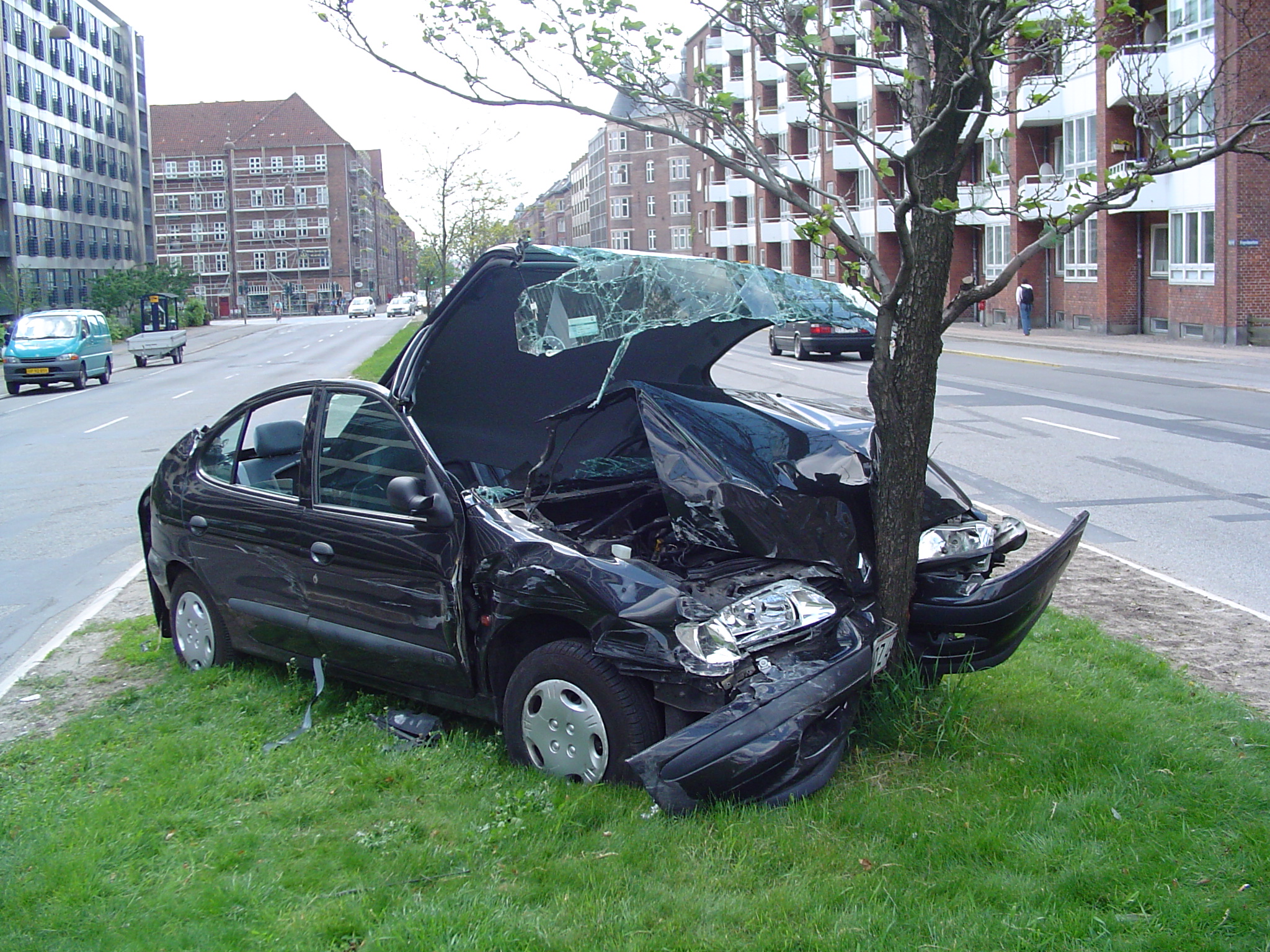The researchers hung around a college town on Friday evenings and stopped patrons exiting bars between 10 pm and 2:30 am. Participants were given alcohol breathalyzer tests and asked a few questions, including their normal drinking habits and whether they were serving as a designated driver for that evening.
 Designated drivers had lower blood alcohol levels than those who were not expecting to drive. That’s the good news. The bad news is that nearly 40% of people claiming to be designated drivers had not abstained from drinking. Eighteen percent of people who were serving as their friends’ safe ride home had blood alcohol levels above 0.05. While it’s currently legal to drive in the U.S. with a blood alcohol level below 0.08, there is no doubt that a person with a blood alcohol level of 0.05 is impaired, and the National Transportation Safety Board is recommending that 0.05 be the legal limit. Even a level of 0.02 can negatively affect driving.
Designated drivers had lower blood alcohol levels than those who were not expecting to drive. That’s the good news. The bad news is that nearly 40% of people claiming to be designated drivers had not abstained from drinking. Eighteen percent of people who were serving as their friends’ safe ride home had blood alcohol levels above 0.05. While it’s currently legal to drive in the U.S. with a blood alcohol level below 0.08, there is no doubt that a person with a blood alcohol level of 0.05 is impaired, and the National Transportation Safety Board is recommending that 0.05 be the legal limit. Even a level of 0.02 can negatively affect driving.
It seems that to many revelers, ‘designated driver’ means ‘whoever is the least intoxicated’ or maybe even, 'whoever drives the best when they're drunk' rather than ‘someone who did not consume any alcohol’. That’s not good news either for the people relying on these designated drivers or for the other cars on the road.
No comments:
Post a Comment